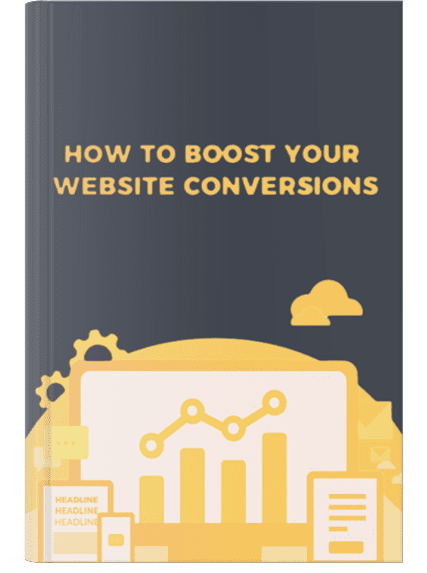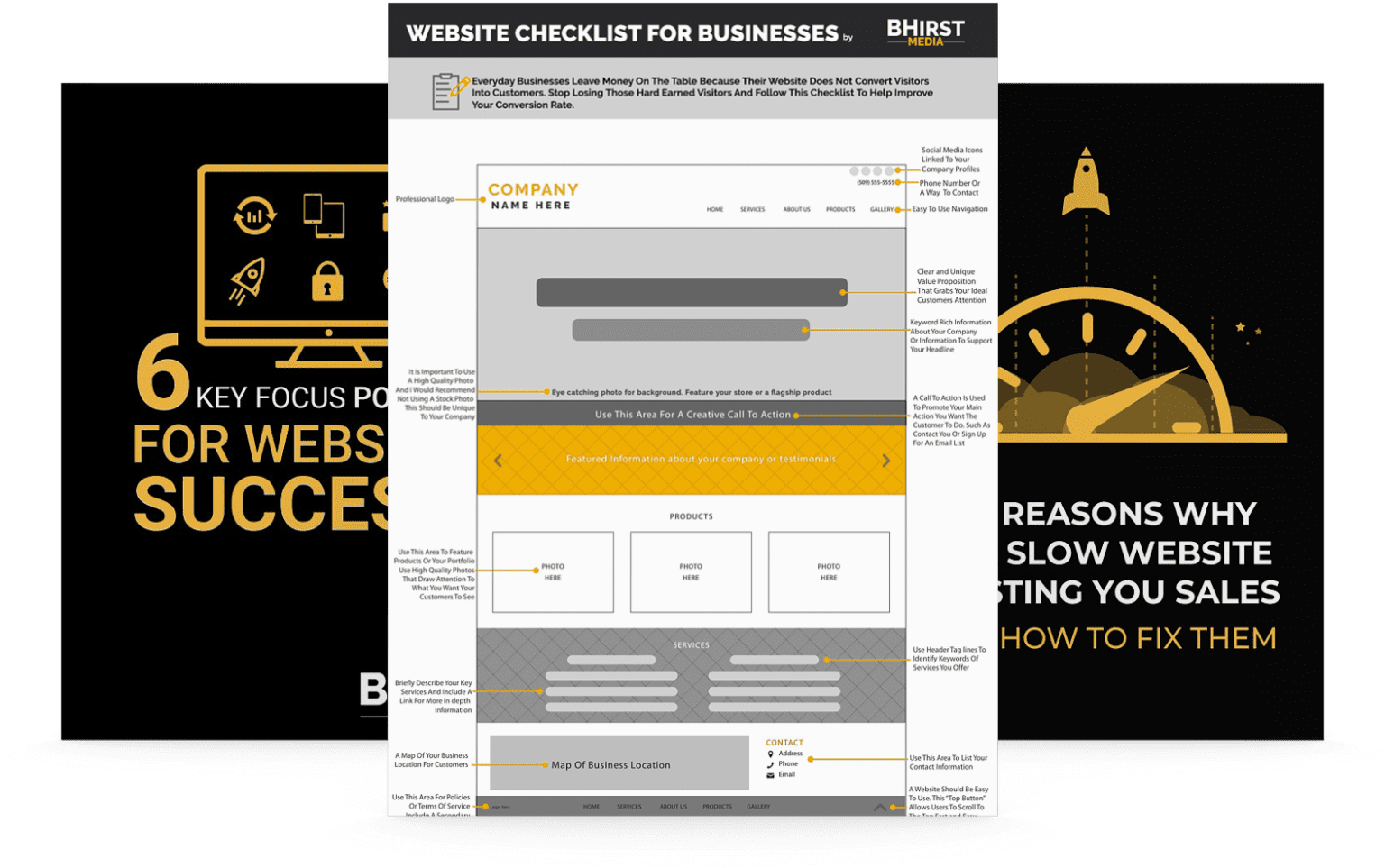
Improving website conversion is crucial for any online business. This guide explores A/B testing, a strategic approach to identify what works best on your site to drive conversions. Following this method, you can make informed changes that convert visitors into customers and boost your business growth.
A/B testing is crucial for optimizing website conversion rates by comparing two web page versions and improving user engagement, revenue, and customer loyalty.
Best practices for A/B testing include focusing on one element at a time, applying a clear hypothesis, and ensuring statistical significance to reliably attribute changes in performance.
Common A/B testing mistakes to avoid include running tests without clear goals, ignoring external factors, and focusing on insignificant changes rather than impactful ones.

In the realm of digital marketing, website conversion is the holy grail. It’s all about turning passive website visitors into active users who engage with your content or purchase your products. Simply put, a higher conversion rate equals better ROI.
Every improvement in conversion rate, be it through an engaging landing page, effective search engine optimization, or well-designed landing pages, directly scales up your business growth in search engines.
Regarding increasing revenue, conversion rate optimization is at the forefront. Imagine you have a thousand visitors on your webpage; how much traffic do you need to convert to meet your revenue goals? With effective A/B testing, businesses can maximize the value from their target audience and attract new customers, leading to sustainable revenue growth.
A well-optimized website goes beyond aesthetics; it’s about creating an engaging user experience. Some key elements of a well-optimized website include:
A user-friendly design
Intuitive navigation
Fast loading times
Clear calls to action
All of these elements contribute to a memorable user experience.
When users find your website easy to navigate and reach their desired outcome, they are more likely to convert, thereby increasing your conversion rates.
Customer loyalty is not just about making a one-time sale; it’s about creating a lasting relationship with your customers. Personalized user experiences can significantly enhance user engagement and strengthen customer loyalty, leading to higher conversion rates and long-term business success.


A/B testing, or split testing, is a foundational tool for website conversion optimization, alongside multivariate testing. It provides quantitative data from side-by-side comparisons that help make informed decisions about changes that can improve conversion rates. To achieve the best results, it’s essential to run split tests on various elements of your website, utilizing different split test methods. But why is split testing so crucial for your website’s success? It allows you to make data-driven decisions, ensuring that every change is backed by solid evidence.
Using A/B testing, you can experiment with different variations of your web pages to see which one performs better on a specific web page.
At its core, A/B testing compares two or more web page versions to determine which performs better. By serving different versions to users and tracking their behavior, you can identify which version is more effective in driving conversions.
The insights gained from A/B testing can help refine and enhance the user experience on your website, setting the stage for future tests to optimize your site further.
A/B testing works by:
Creating a control (original) version and a variation where only one element varies.
Splitting the audience evenly between the control and the variation.
Completing the test.
Analyzing the data to identify which version yielded better performance.
When it comes to A/B testing, it’s crucial to track the right metrics. Primary metrics like conversion rate and click-through rates offer insights into user engagement. Others like Average Order Value (AOV) provide insights into purchasing habits, and bounce rates indicate visitor engagement levels with the site. These metrics provide a comprehensive view of an A/B test’s impact.

Efficient A/B testing is more than just running tests; it’s about following best practices. By focusing on testing one element at a time, using a well-defined hypothesis, and ensuring the statistical significance of the results, you can conduct practical A/B tests that lead to meaningful improvements in conversion rates.
One of the fundamental principles of A/B testing is testing one element at a time. This approach ensures that any change in performance can be attributed to the specific element that was varied, thereby providing reliable and actionable insights.
Formulating a clear hypothesis is a critical step in A/B testing. A reasonable hypothesis sets a clear direction for the test and guides the analysis of results. It covers what will be tested and how it will make a difference. Without a clear hypothesis, you risk focusing on irrelevant metrics.
Statistical significance is a measure of confidence in A/B testing results. It indicates whether the observed changes are due to the specific variations tested or just random chance. To achieve statistically significant results, it is crucial to determine the appropriate sample size and run the test sufficiently to collect quality data, ensuring that the outcome provides statistically significant results.

Like any other process, A/B testing can be prone to mistakes. Avoiding common pitfalls such as focusing on insignificant changes, running tests without clear goals, and ignoring external factors can help ensure the accuracy and relevance of your A/B testing results.
A clear goal is the backbone of any successful A/B test. Without a clear goal, you risk running tests that lead to indecisive outcomes and waste resources. Having a clear goal helps measure the impact of experimental variations and ensures alignment with business objectives.
External factors like seasonality and market trends can influence your A/B test results. Ignoring these factors can lead to misinterpretation of data and inaccurate conclusions. Therefore, it’s crucial to consider such external factors when analyzing your A/B test results.
While it may be tempting to focus on minor tweaks, prioritizing impactful changes can significantly improve conversion rates and user experience. It’s essential to keep the big picture in mind and focus on changes that can truly move the needle.

Effective A/B testing requires the right tools. Some of the tools that can help you with A/B testing are:
Crazy Egg
Hotjar
Kameleoon
Visual Website Optimizer
These split-testing tool options provide valuable insights and make conducting A/B tests and analyzing results much more straightforward.

A/B testing is not just a theoretical concept; it’s a practical tool used by businesses worldwide to improve their website performance. Let’s take a look at some real-life examples of successful A/B testing that demonstrate the impact of headline optimization and CTA button design on conversion rates and user engagement.
Headlines can make or break your content. HubSpot’s experiments with headline variations showed an increase in click-through rates by up to 10%. Similarly, ShowPo, an Australian eCommerce company, significantly increased their revenue by implementing A/B tests on their product page headlines.
The design of your CTA button can significantly impact your conversion rates. ConvertVerve’s study showed a 14.79% increase in conversions just by changing the design of the CTA button. Similarly, Friendbuy observed significant improvements in Click-Through-Rate (CTR) by implementing two new CTA variations in its banner ads.
Conversion optimization is not a one-time task; it’s an ongoing process. It involves:
Continuously monitoring your website performance
Staying updated with the latest trends
Iteratively testing and optimizing different elements on your website.
Monitoring your website performance metrics regularly is crucial for continuous optimization. Acting quickly on significant performance differences in A/B tests allows for effectively reallocating resources to better-performing options.
It is crucial to stay updated with the latest trends in conversion optimization. Regularly attending webinars, conferences, and industry events can help you stay informed about these trends and best practices.
The key to successful conversion optimization is continuous iteration and optimization. Prioritizing and iteratively testing different website elements based on a well-structured hypothesis can significantly influence the optimization outcomes.
In conclusion, A/B testing is a powerful tool for website conversion optimization. It provides valuable insights into user behavior and helps make data-driven decisions to improve website performance. By avoiding common mistakes, using the right tools, and following best practices, you can effectively use A/B testing to boost your conversion rates and, ultimately, your bottom line.
CTR stands for Click-through Rate, which measures the percentage of clicks received on online advertising or a link relative to the number of times it has been viewed. This helps assess the performance of keywords, ads, and free listings.
To create a conversion focused website, start with a great website foundation, drive visitors toward your goals, keep search engines happy, and build your email list. Use Onvert.com as a great resource to get started.
A good website conversion rate is generally considered to be between 2.5% and 5%, with rates higher than 5% being particularly strong. It’s important to continuously optimize your conversion tactics to improve your conversion rate.
A website conversion is when a visitor completes a specific action on your website, such as making a purchase or signing up for a newsletter. It is the desired outcome for every business website.
There Is a Formula For Business Website Success, And You’re About To Discover It… THE ULTIMATE TOOL TO OPTIMIZE YOUR WEBSITE AND INCREASE YOUR LEAD GENERATION. Grab our free guide here on 5 Reasons Why Your Slow Website is Costing You Sales.
